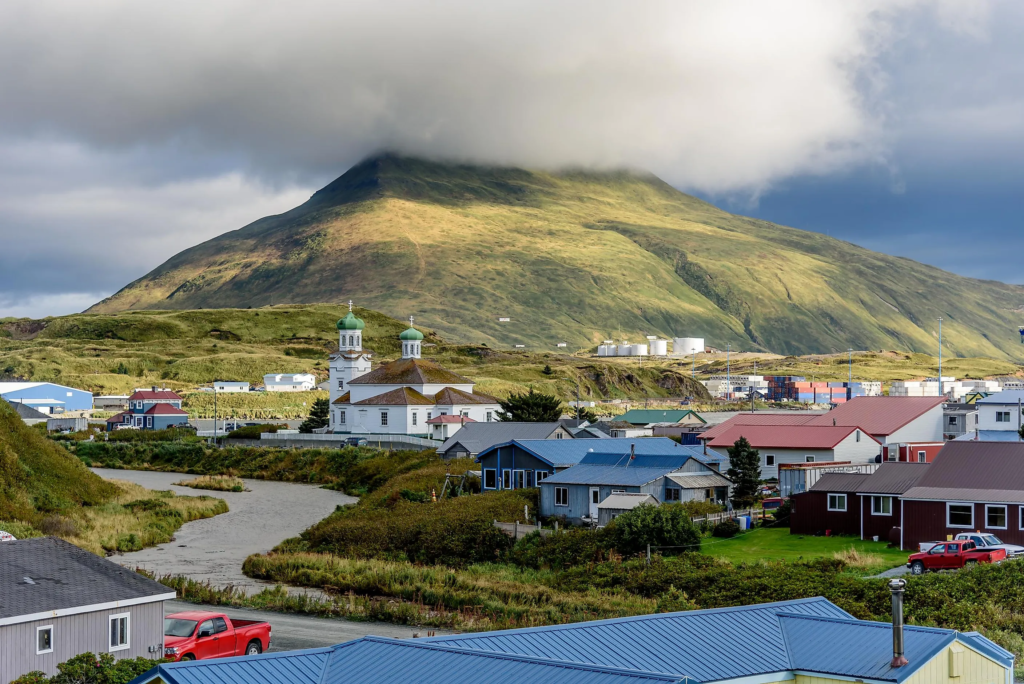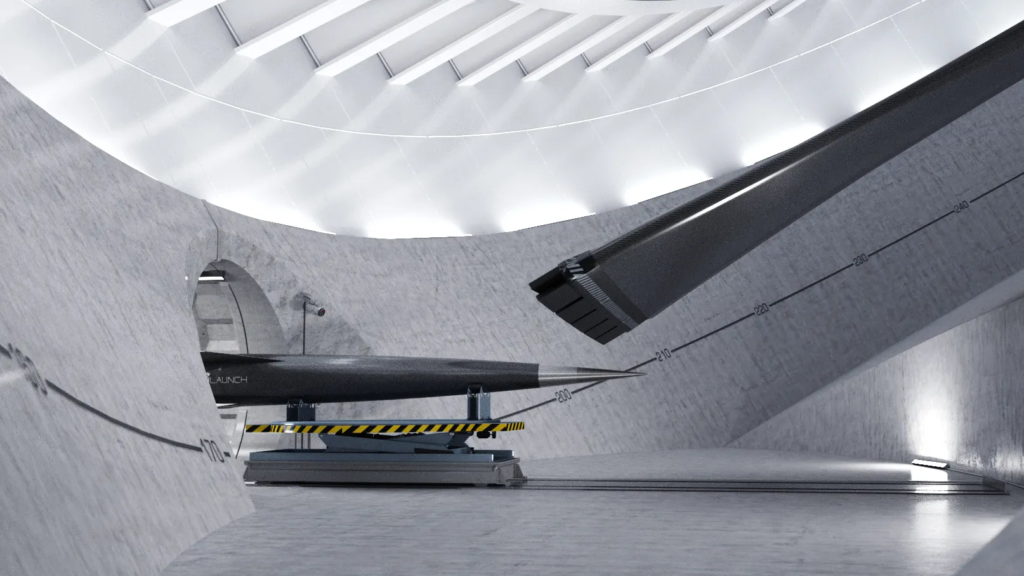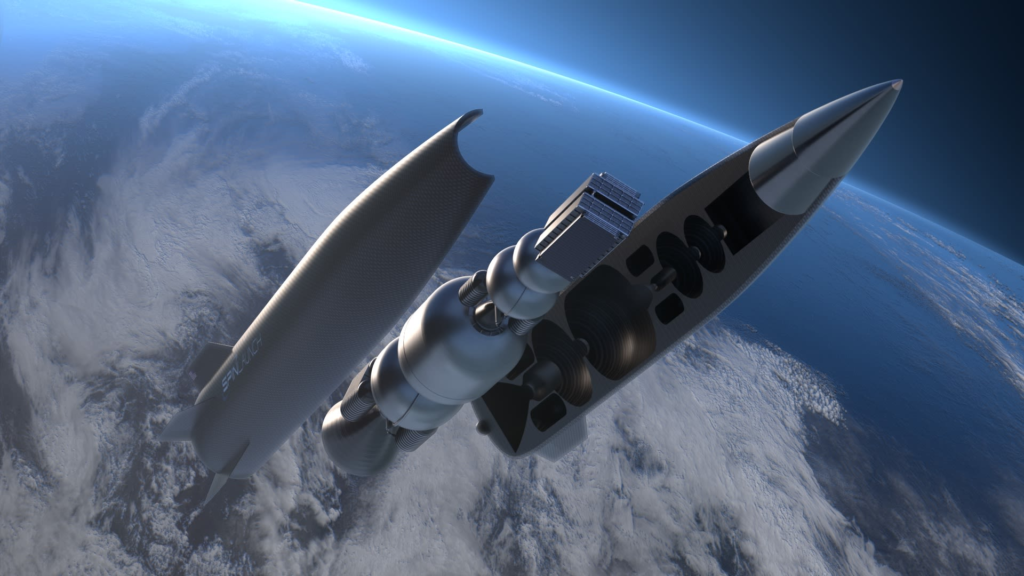
SpinLaunch’s Troubles Finding An Orbital Accelerator Location
SpinLaunch is a very unique company trying to revolutionize the process of sending payloads into orbit. The company envisions using an Orbital Accelerator to spin a payload thousands of miles per hour within a vacuum chamber before releasing it into the atmosphere. Not long after, a small rocket would ignite and place the payloads into their desired orbit.
For years now, the company has been using a smaller suborbital accelerator to test the system, with plans to build an actual Orbital Accelerator in the near future. This process involves picking the perfect coastal location and getting approval. However, a few years back in 2018 when the company thought it had found a good location in Hawaii, the residents had other plans in mind.
This comes in addition to another location SpinLaunch is interested in on a small Alaskan island. All of which in hopes of finding the perfect spot to change how we access space and build a massive launch facility. Here I will go more in-depth into the trouble SpinLaunch had in Hawaii, the possibilities of an Alaskan launch site, what to expect going forward, and more.
Hawaii Complications

On SpinLaunch’s Website, they state that “The first Orbital Launch Site is in final selection in a soon-to-be-disclosed location in a coastal region of the United States. We are closely collaborating with the FAA and other governing agencies for launch site licensing.” Starting back in 2018, SpinLaunch thought they had found a good location in Hawaii. At this point, the company began looking for specific locations on the main island and other areas. Due to Hawaii’s proximity to the equator, it offers a lot of benefits to companies trying to reach orbit. SpinLaunch also pointed out that Hawaii is one of 6 states they are considering for a future location.
Not long after showing interest, two company representatives for SpinLaunch went to a scheduled meeting with the local community of the specific location of interest. The goal here was for the SpinLaunch team to explain the system, and the goal of the company, along with answering any questions the public had. Unfortunately for SpinLaunch, this community meeting was far less productive than expected and was primarily people yelling and interrupting each other. A lot of concerns were brought up some more warranted than others. This included safety concerns, how big the accelerator would be, its impact on the environment, what happens if stored rocket fuel ignited during transport or at the station, sound, and much more. By the end of the hour long meeting, it was clear to the company that Hawaii was going to be a tough location to get support, and this specific location was not at all an option going forward. Not long after, SpinLaunch ultimately scrapped plans for this specific project.
Looking at the concern of sound, SpinLaunch highlights that while this process does create a sonic boom, it does not have a higher sonic impact than a traditional rocket lifting off. During launch, a short duration sonic boom is projected outwards and upwards along the trajectory of the launch vehicle. SpinLaunch uses industry standard methodologies to evaluate and comply with the Federal Aviation Administration’s requirements for noise profile analysis the same as traditional rocket launches. The Orbital Accelerator is expected to spin up to approximately 5,000 mph prior to releasing the launch vehicle. To date, SpinLaunch has conducted tests over 6x the speed of sound. Even though this was not a great start for the company, they continued to look for viable locations.
Alaska Attempt

Years later in 2020, SpinLaunch visited Unalaska Alaska as a potential satellite launch site location. Specifically, SpinLaunch identified Ugadaga Bay as a possible location to build a large centrifuge to launch satellites into low Earth orbit. This spot is near the southern most point of Alaska in a very remote location. In 2021 the recorded population of Unalaska was just over 4,000 people.
In this case, the project would likely require building a road down Ugadaga Trail. Notes from the city’s planning department suggest the 20-acre site would sit along one of the community’s most popular hiking trails, and a historic trading path. A 2020 mock-up from city emails shows an approximate location for the proposed SpinLaunch satellite launch site. Here you can see the site between the pay and city below. Representatives from the company visited Unalaska in September 2020 and gave a presentation to city officials about their plans to work with the community.
A lot of local figures including the Unalaska Director of Public Utilities, director of Public Works for Unalaska, and more all thought SpinLaunch would provide good economic opportunity to the region. However, it wasn’t all great in terms of opinions. The Ports Director commented, “It sounds like Unalaska may provide SpinLaunch the ideal location, but SpinLaunch has little or nothing long-term to offer in return.” She also mentioned that she asked questions about the long-term opportunities for Unalaska, such as job opportunities, housing development, and an influx of students into the school. She says SpinLaunch was unable to provide satisfying responses and she left the September 2020 meeting with more questions than answers. At this point, while communication between the company and the city began to fade in early 2021, the startup says Unalaska is still in the running.
For years now, SpinLaunch has conveyed that they are close to picking and revealing the future location of its Orbital Accelerator. However, it seems that this process has become a bit harder than expected with the combination of cost, FAA approval, and local support, just to name a few. This being said, SpinLaunch has made some more progress in the past couple of years that supports a future launch site. SpinLaunch started development in early 2015. Less than two years later, SpinLaunch surpassed the record for fastest rotational tip speeds and subsequently conducted hundreds of launches in its headquarters based laboratory. In October 2021, the first launch of the Suborbital System validated the technology and marked a key milestone. Most recently, they launched multiple payloads including one for NASA during a test that provided promising results. Since then, we have heard very little from the company.
To get a better idea of what SpinLaunch is pitching to various states and communities, we can take a closer look at the design and size of an Orbital Accelerator. The best place to start is with the massive vacuum chamber. The vacuum chamber is a steel cylinder measuring around 300 feet (91 meters) in diameter. Within this low pressure environment, it allows the tether to spin at nearly 5,000 miles per hour with minimal aerodynamic heating and drag. Next, you have the hypersonic tether in the very center. Made of high strength carbon fiber, the tether is spun up to launch speeds by a central electric drive. This electric drive consists of dual AC electric motors that feed to a hydrodynamic radial bearing assembly. The launch vehicle, which is intended to carry the payload through the atmosphere and into orbit, is attached to the very end of the tether.
After the payload has been spun up to immense speeds, it’s time to release it. However, as you can imagine, with a payload meant to spin around 5,000 miles per hour, this process has to be perfect. On the Orbital Accelerator, once launch speed is reached, an automatic sequence releases the launch vehicle through the exit tunnel with high precision. This leads to the final main component of the system, the exit tunnel. In this case, ultra high speed airlock doors, that operate faster than the blink of an eye, prevent the vacuum chamber from re-pressurization after the launch vehicle is released. This process is intended to help SpinLaunch continue to launch very frequently with limited work in between. Ideally in the future, they can keep this chamber pressurized all day and launch every couple of hours. With the payload released, it shoots into the air at thousands of miles per hour. Not long after, its protective shell is separated and a small rocket ignites to put the payloads into orbit.
With industry plans to launch ten times the number of satellites over the next decade, SpinLaunch believes it’s more urgent than ever to develop environmentally sustainable space access technology. Because kinetically launched satellites exit the stratosphere without a rocket, SpinLaunch hopes to enable a future in which constellations of satellites and space payloads can be launched with zero emissions in the most critical layers of the atmosphere. In a future where large numbers of people are traveling to space — structures, equipment, and supplies required to support in-space civilization must also be launched. For tens of thousands of people to someday work and live in space, millions of tons of infrastructure and supplies must be launched. SpinLaunch is confident that can be done with the least environmental impact possible.
Conclusion
SpinLaunch has been looking for future Orbital Accelerator launch sites for years now. Unfortunately for the company, this process has been much harder than likely originally expected. A first attempt in Hawaii was very unsuccessful followed by similar concerns in Alaska. For the most part, SpinLaunch as kept quite regrading this process and could soon release information about a future site. We will have to wait and see how it progresses and the impact it has on the space industry.
